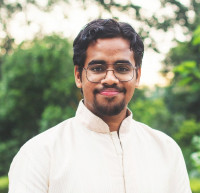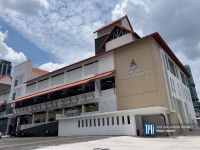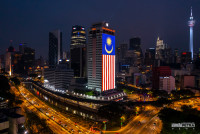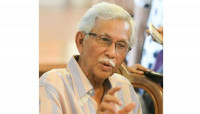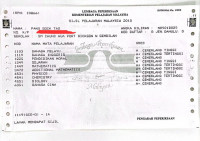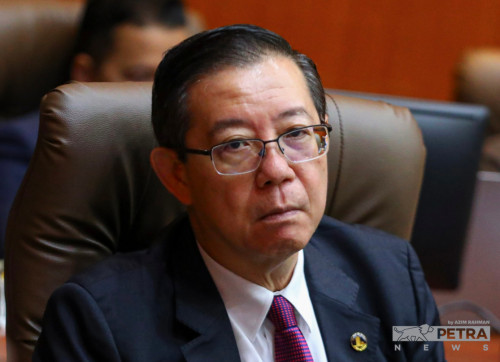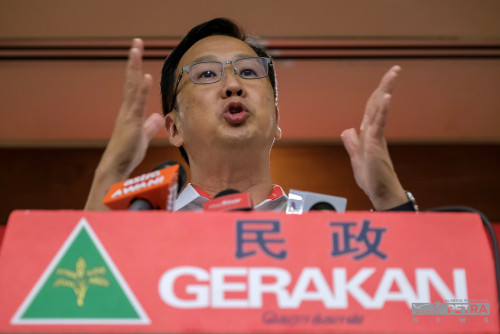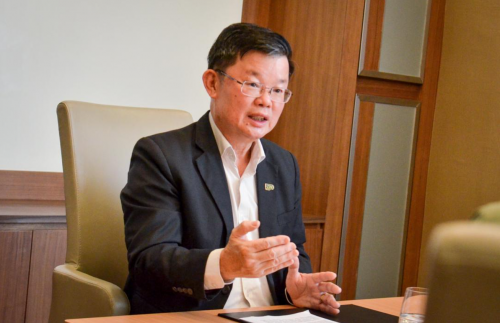THERE is no place quite like the Temple of Fine Arts. For any practitioner of Indian classical arts whether it be Bharatanatyam, Odissi or Carnatic music, the building is quite literally the nexus of all activity pertaining to Indian traditional culture.
The music and dance academy has seen over 1,000 graduates and thousands more who have crossed its halls either as a student or as a guest – pulled by the cacophonic sounds of dancers’ ghungroo bells (ankle bells) or the canorous tones of the violin, sitar and tabla that fills the space on any number of days.
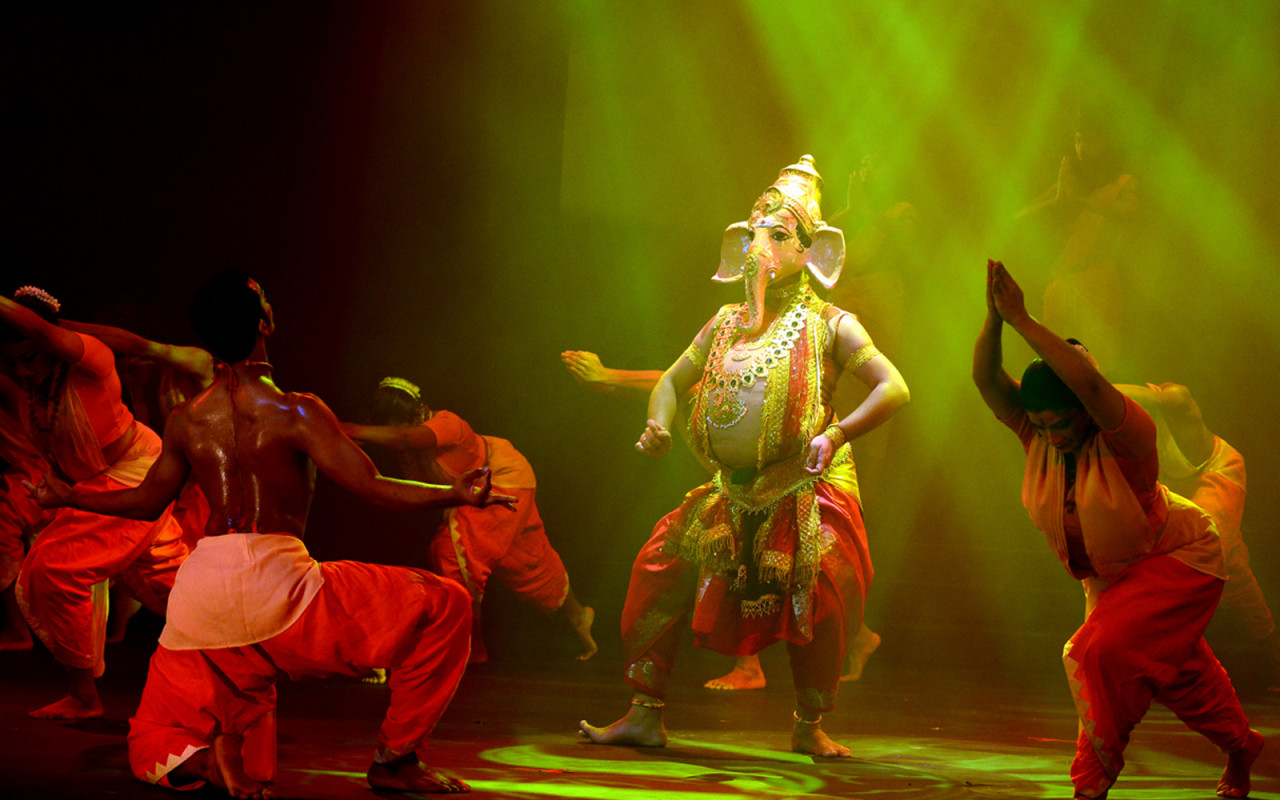
The Temple of Fine Arts is located at the centre of ‘Temple Street’ in Brickfields, facing the 100-year-old Buddhist Mahavira and just around the corner sits an Indian temple and a church. On the opposite side, the Klang River cuts through, and from the highest floor of its building (which is an open prayer and meditation hall) you get the most spectacular sight of the Kuala Lumpur city skyline.
The school and the Temple of Fine Arts brand have become an integral part of Malaysia’s multiculturalism identity, but it never started this way.
Humble beginnings
_flanked_by_dancers__Vatsala_Sivadas_(right)_Courtesy_Temple_of_Fine_Arts-1.jpg)
The academy had humble beginnings. In 1971, an Indian monk by the name of Swami Shantanand Saraswathi began his missionary work in Malaysia. He would deliver lectures and sermons on the Bhagavad Giita and the many tenets of Hinduism, sings bhajans and kiirtan, as well as put on dance dramas.
Unlike other monks, he did not have a long beard, a face filled with ash or a rigid, almost dogmatic personality. Quite the opposite, his wit, broad cultural perspective, and magnetic presence drew more people to him.

So it happens that Malaysia’s most eminent dance masters, Gopal and Radha Shetty and VK Sivadas and Vatsala Sivadas were among his earliest devotees and in 1981, they laid the grounds for the Temple of Fine Arts.
Dance director and performer, Shankar Kandasamy described the heydays of the school as a community project. “When we first opened, it was a community thing. Our Gurus were our own members and we learnt Bharatanatyam, as well as Pan-Indian styles, a little bit of Manipuri, Mohiniyattam, Kathakali and folk dances from them. While there were some formalities, it was an informal setting. Though the school was already formed, and we had intakes, it was communal based. It was a family setting.”
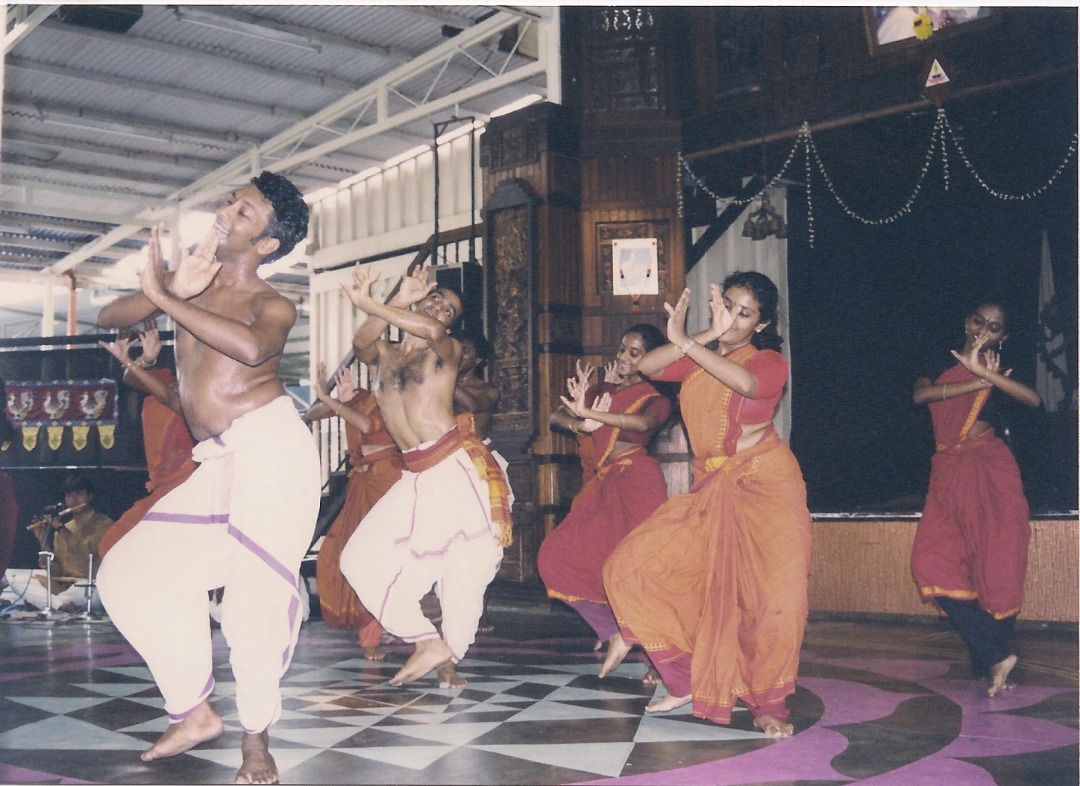
Indian cultural arts have always, more or less, thrived in Malaysia, and while other smaller centres and organisations deserve due credit, the Temple of Fine Arts especially has played an immense role in the preservation and continued practise of traditional art forms.
The school distinguished itself in several ways: one of which is the variety of dance dramas and performances that it offered to the public. Under the tutelage of their founder, a wide variety of shows were staged, including Tchaikovsky's The Swan Lake, a 5-hour-long retelling of Ramayana, the story of Princess Mahsuri, alongside many others, enough to fill a book and a half. These unique adaptations, together with expert choreography by the teachers, captivated the Malaysian public.
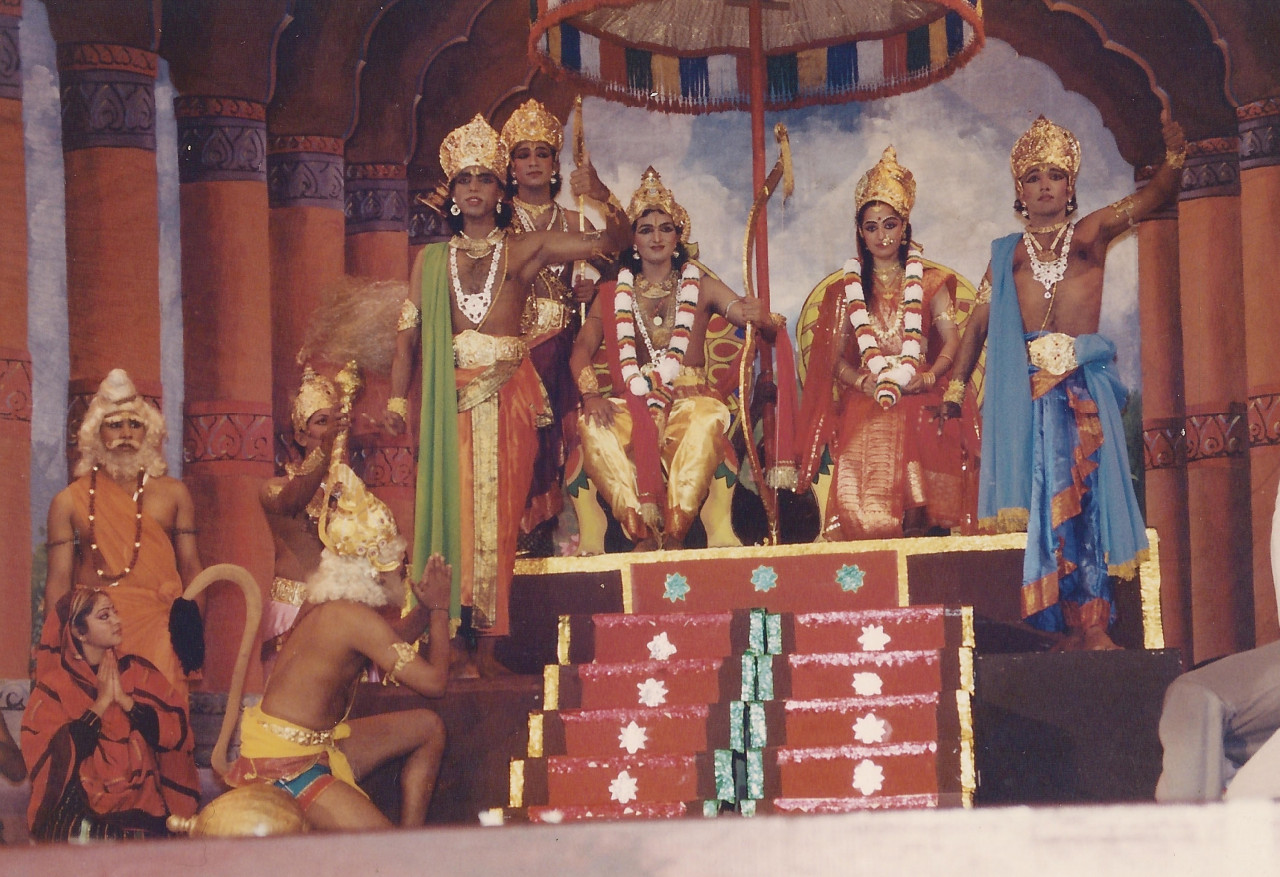
Their staging of Princess Mahsuri for instance, was enjoyed by former prime minister Tunku Abdul Rahman. Indeed, countless dignitaries, state emissaries and celebrities have had the honour of being in attendance for performances at the Temple of Fine Arts, making the institution and the people who run it, an indefatigable part of the nation’s character.
_at_a_TFA_Production_with_Swami_Shantanand_Saraswathi_(right)_Courtesy_Temple_of_Fine_Arts.jpg)
One event that emphasises this truth is during a stage performance by Vatsala and VK Sivadas. To prepare for a dance routine, they needed to replace all the older peacock feathers, but a ban was in place by the Government of India which prohibits the killing and trade of peacocks on account of the animal being the national bird of India. To the dancers' surprise, the Indian government lifted the ban for 24 hours just so the feathers could be flown into Malaysia.
New ways of teaching tradition
Temple of Fine Arts has also transformed the way Indian art is taught in Malaysia. Traditional art forms, unlike their western counterparts, do not follow the rules of formal pedagogy. Following in the 'Guru-Sishya' tradition, a centuries old practise shared between the student and their teacher, most cultural centers do not formally grade or provide accreditation for their students.
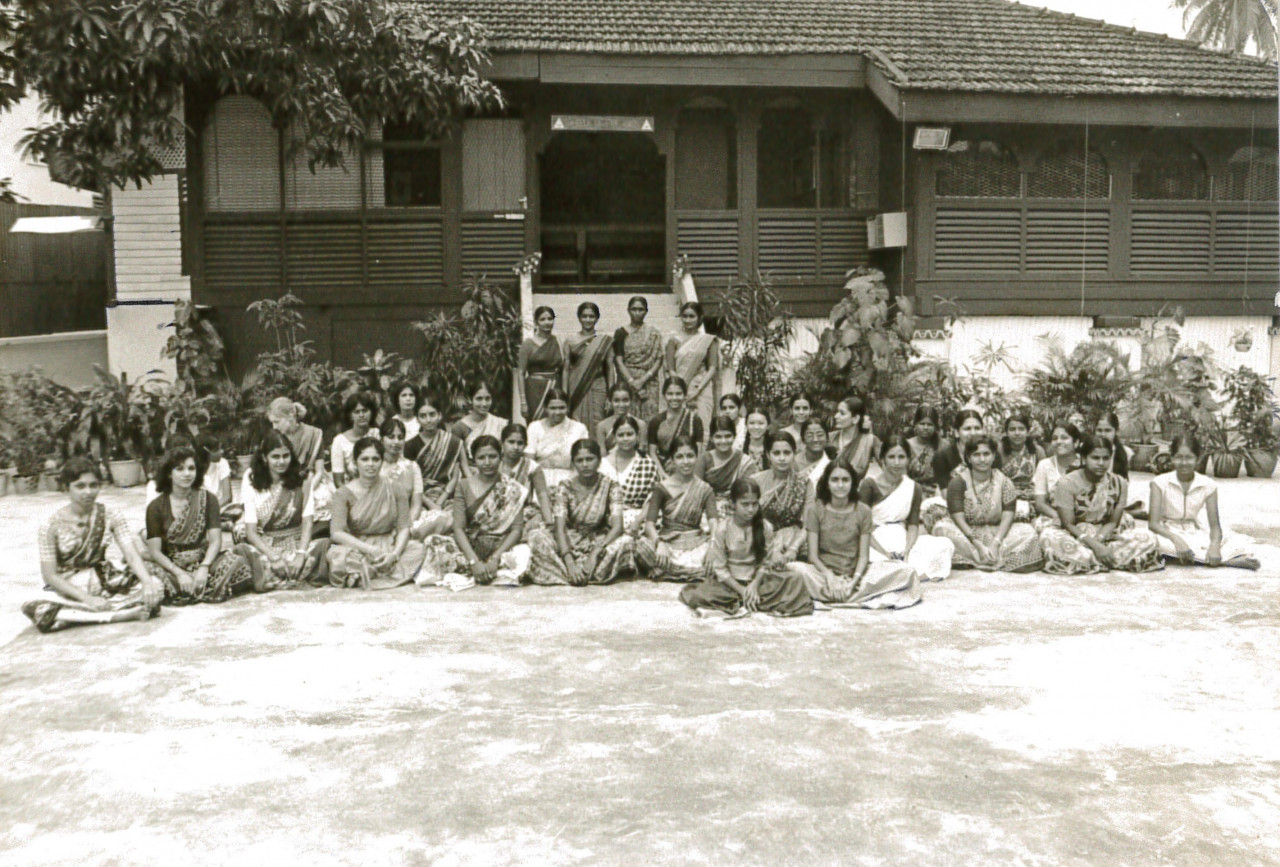
Students proceed to the next stage in their practise based on the intuition and instinct of their teacher, and while these teachers are certainly qualified, the lack of a recognised certification or grading system is at odds with contemporary practise.
Assessments and examinations are an integral and crucial component of every course of study offered by the Temple of Fine Arts. To ensure that students achieved the learning outcomes and attained the deserved level of quality theoretically and practically, formative and summative assessments are carried out periodically and upon completion of every stage of learning.
In the final stages of learning, students are required to attain a minimum 70% passing mark to proceed with their arangetram or graduation. All this has helped maintain the level of excellence at the Temple of Fine Arts.
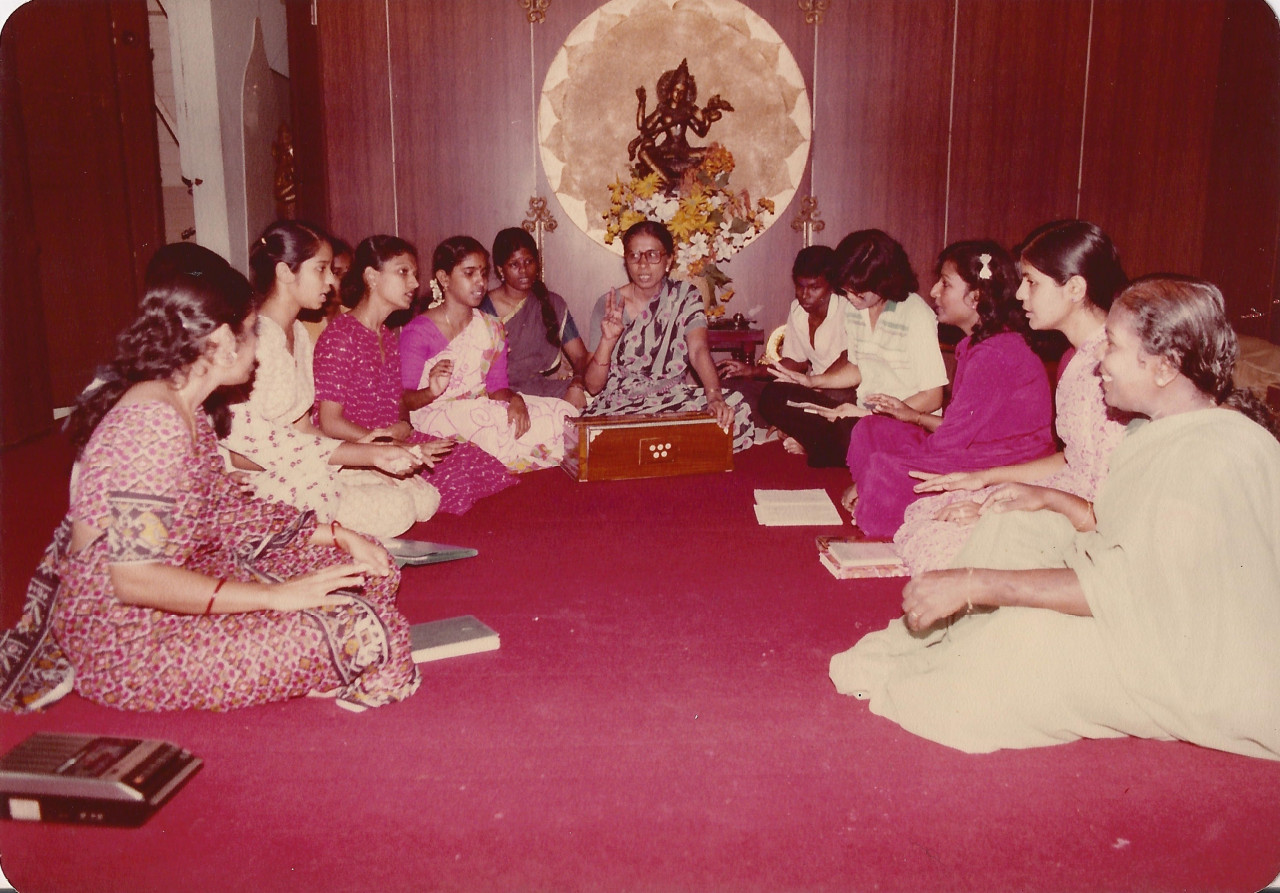
Kumar Khartigesu, one of Malaysia’s leading sitarist who is the music director at the academy said that the curriculum has evolved slowly over the past few decades.
“I have been with TFA since the beginning in 1981 as my parents were early members of the institution. There were not many teachers, and we had to depend a lot on foreign teachers for the music subjects especially. But we had a tremendous spirit. There was enthusiasm, energy, and support for whatever small venture we tried. Slowly, we painstakingly built syllabi for our teaching subjects, and more locals graduated in music subjects, and became teachers and performers in turn. What you see now is literally a work in progress over the past 40 years,” he said.
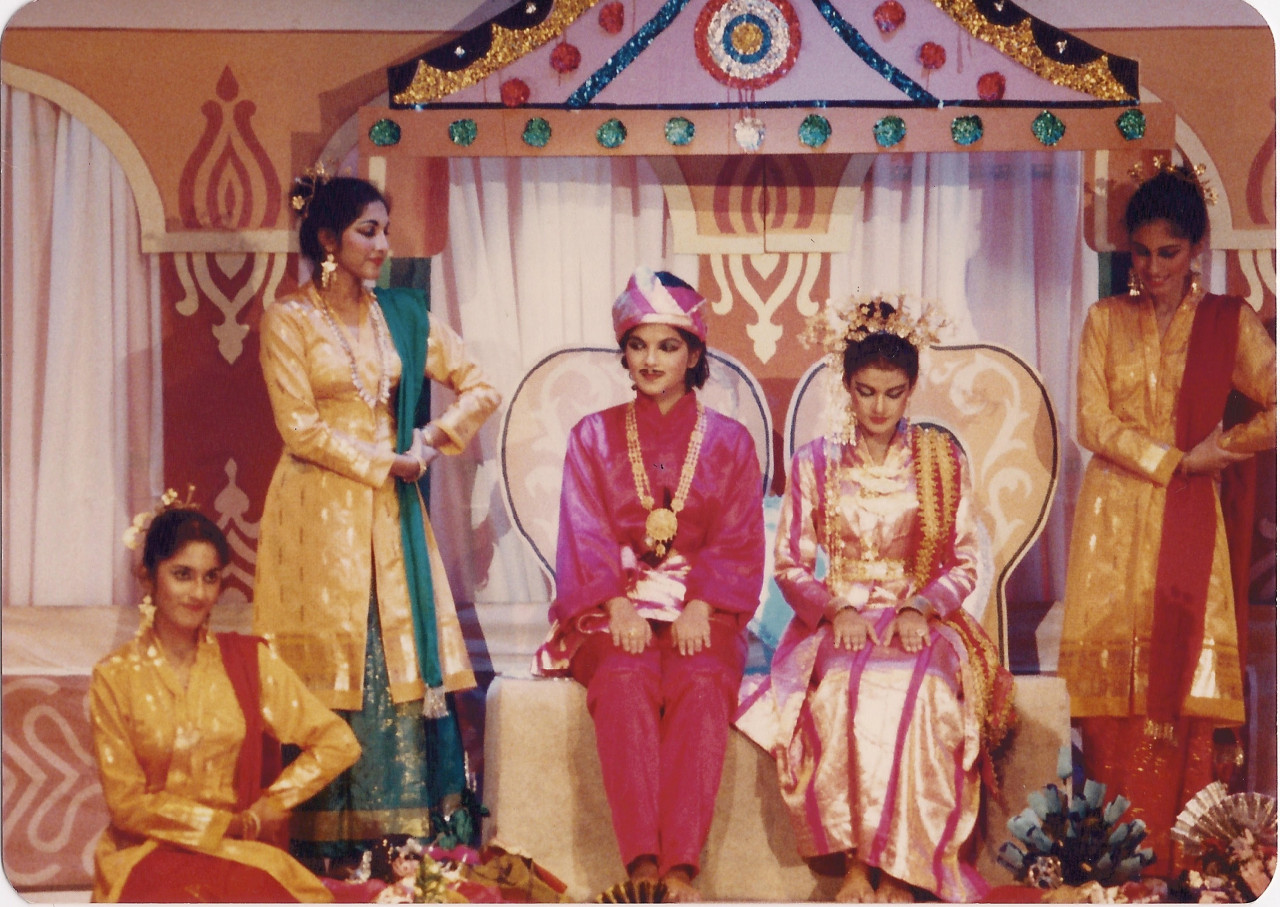
Impact and continuing legacy
The institution which started as a mere bungalow house grew into a five-storey-building complete with studios, rehearsal halls, a five hundred capacity hall, a library, and a cafeteria.
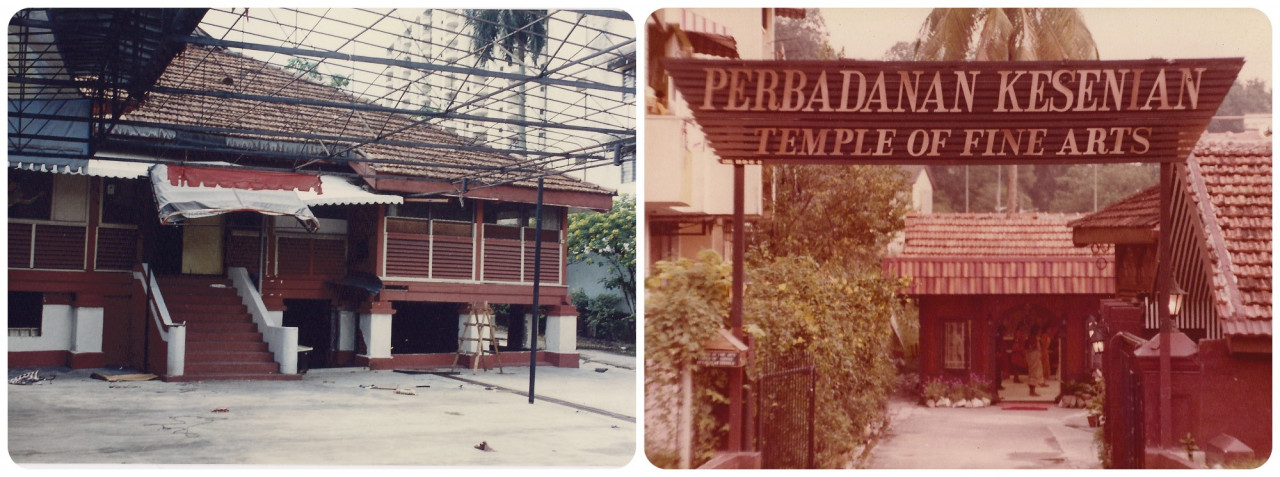
“The Temple of Fine Arts has played a leading role in the preservation of Indian performing arts. At least half of the private teachers and Indian arts institutions in the Klang Valley are led by graduates of TFA. The choreography, costume, set design, etc., which are prevalent in Indian arts shows you see today have been inspired at some level by the major productions and artistic works churned out by The Temple of Fine Arts in the past,” Khartigesu said.
“This place means everything to me. We were here before its inception and all of us here helped form this institution, whether it is through being involved in the making of the physical building or creating the talent pool. Indian performing arts is a way to something divine. It is something higher.
"Swamiji being a spiritual Guru, everything we do here is linked with a spiritual practise. Whether it is learning, practising or teaching dance, it is all linked with a prayer and something divine. Not in a fanatical religious way, but an all-embracing, liberally spiritual attitude.
"When it is taught within the setting of a spiritual Guru’s teachings, Indian traditional arts find its place in the correct context in which to learn and practise,” Kandasamy added.
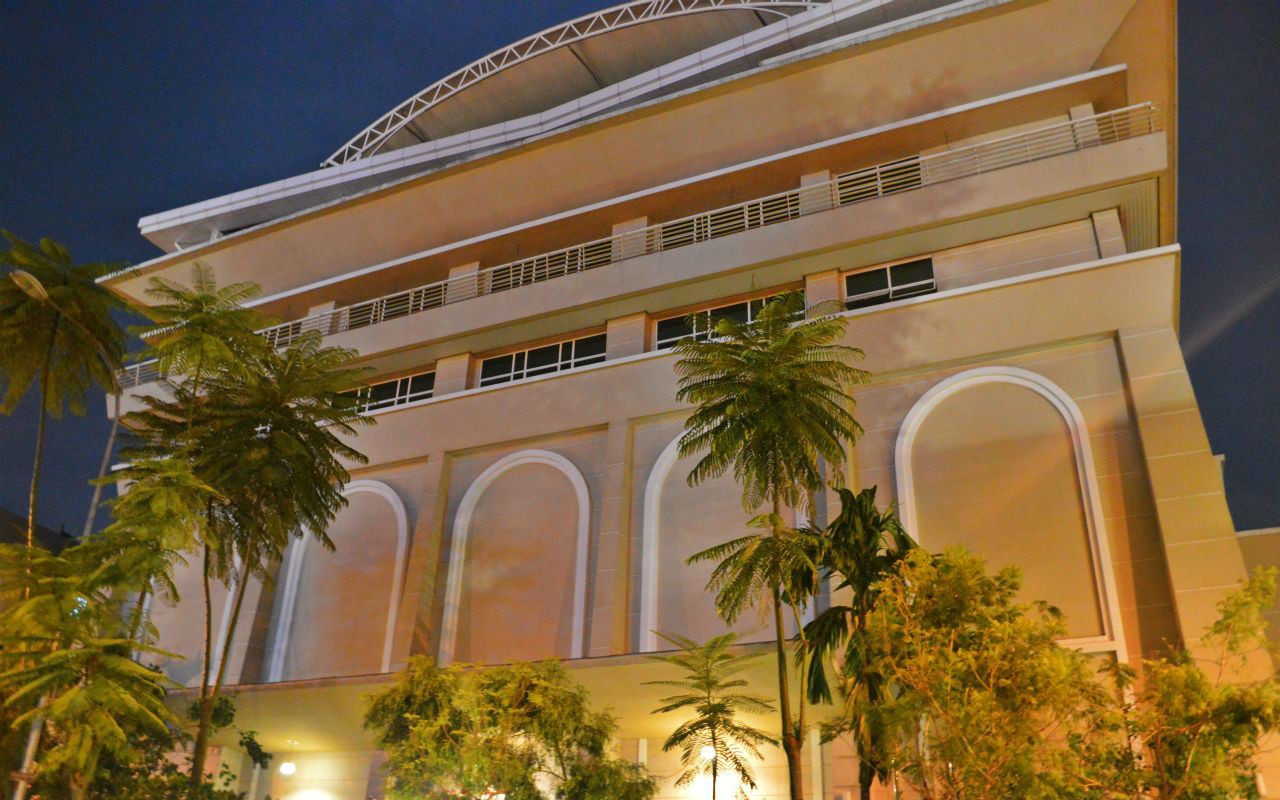
The academy, now celebrating its 41st year anniversary, is a testament to the ideals set by its founder, and the tireless hours of service from the people who run it. – The Vibes, August 28, 2022
* This article is part of a series of content produced for Lens KL, The Vibes Culture & Lifestyle’s fortnightly series that sheds light on the past, present and future aspirations of Kuala Lumpur.




